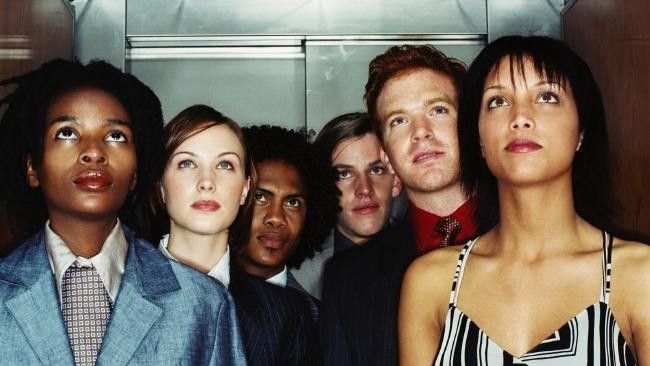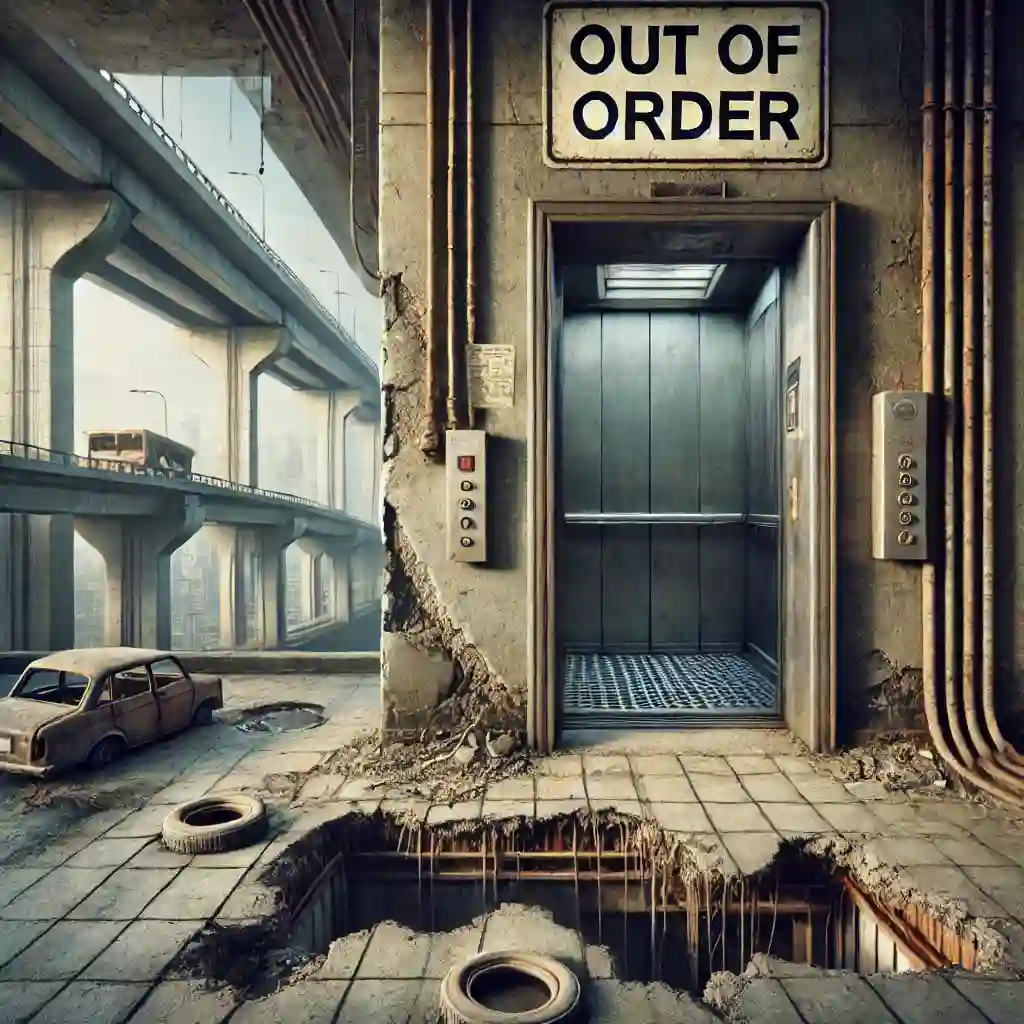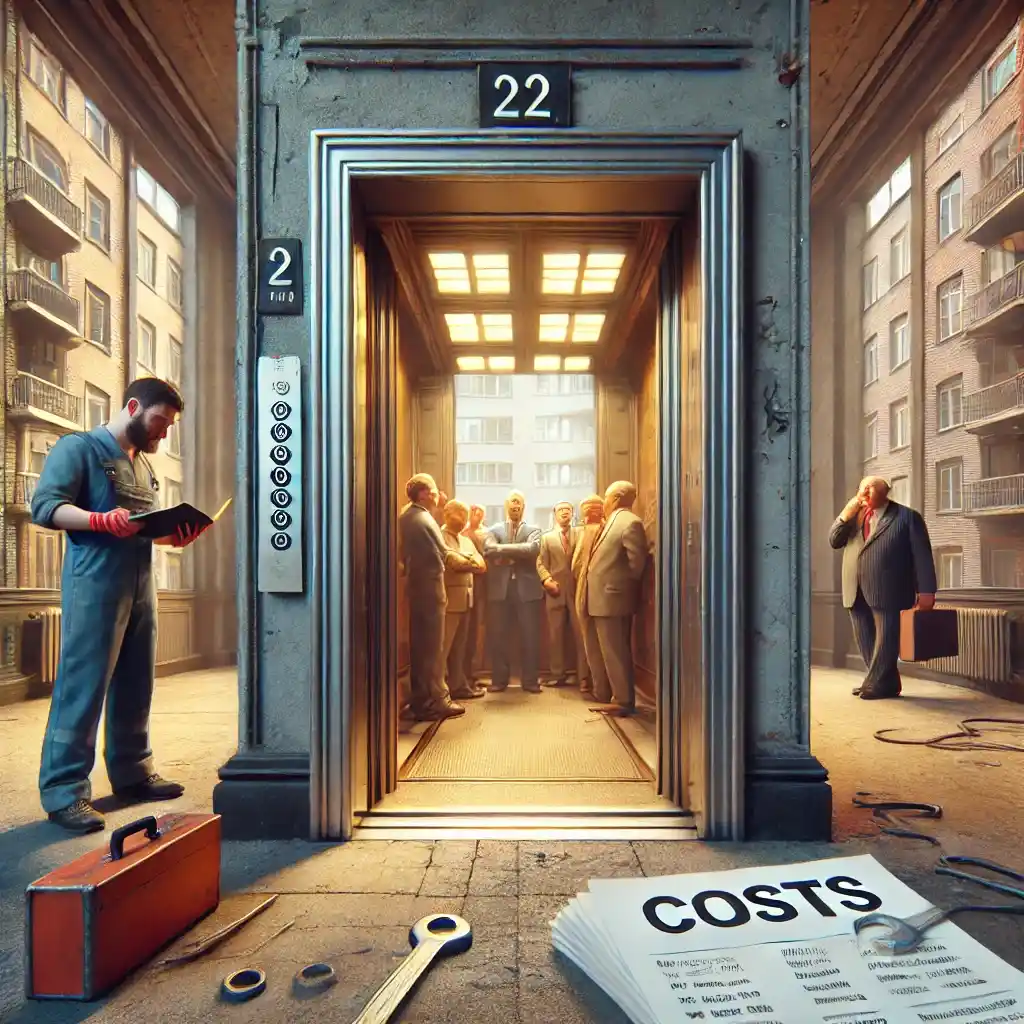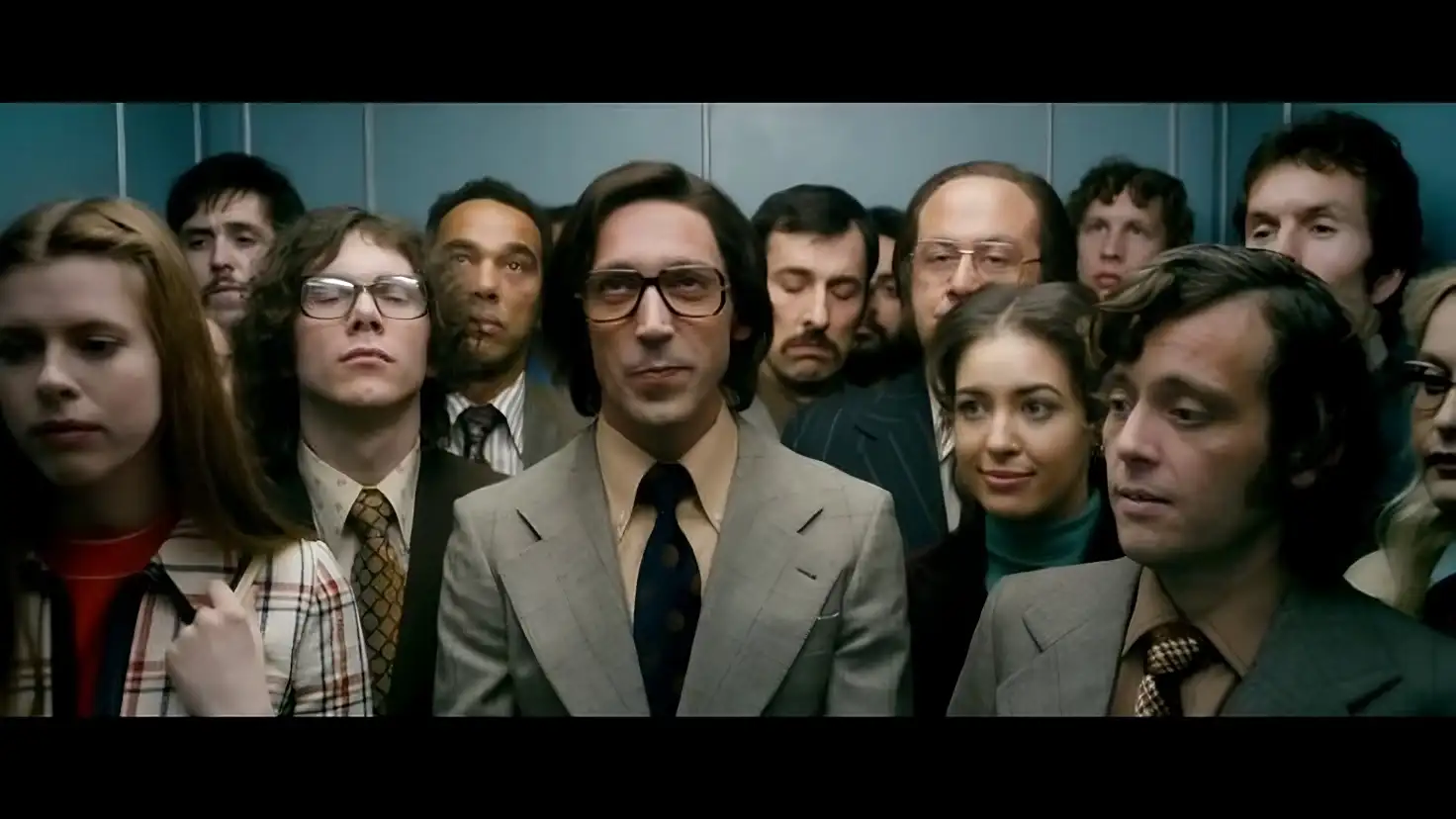Imagine stepping into an elevator, only to find it out of service. You sigh, frustrated, and take the stairs — but what if that broken elevator isn’t just an inconvenience? What if it’s a sign of something much bigger — something broken in America’s economy?
This elevator crisis isn’t just about faulty doors or outdated buttons. It’s a reflection of deeper issues in infrastructure, corporate greed, and a neglectful system that keeps kicking maintenance problems down the road.
Let’s take a ride to explore why America is stuck with this growing problem — and what it reveals about the state of the country.
The Real Story Behind America’s Elevator Crisis
The U.S. is home to over 900,000 elevators, and they move 325 million people every day. Yet, a shocking number of these elevators are constantly breaking down, trapping people, delaying businesses, and creating hazards for residents.
Why? Neglect.
Most elevator problems boil down to one thing: aging equipment that hasn’t been maintained properly. Studies show that 80% of elevator issues could be fixed simply by replacing the doors.
But building owners often avoid these upgrades to cut costs, hoping to save money in the short term.
This penny-pinching approach creates bigger problems down the line. When elevators break, repairs are delayed due to supply chain shortages, a lack of trained technicians, and outdated parts.
Meanwhile, residents and workers are left stranded — literally.

A System That Prioritizes Profits Over People
Let’s be real — it’s not that America can’t afford to fix its elevators. The issue lies in who controls the money.
Most elevators are in commercial and residential buildings, owned by landlords and corporations. These owners collect rent or lease payments that are supposed to cover maintenance.
But instead of investing in repairs, they pocket the money.
It’s not just elevators. Bridges are crumbling, roads are full of potholes, and utility grids are aging. America’s infrastructure is breaking down because of corporate greed and a lack of accountability.
Take this example:
During the COVID-19 pandemic, many elevators in residential buildings went out of service for months. Elderly residents were stuck in their apartments, relying on delivery drivers to carry groceries up the stairs.
Building owners? They blamed the delays on the pandemic, but the truth is they simply didn’t want to spend money on maintenance.

What Elevators Reveal About America’s Economy
If elevators are the pulse of a building, then they’re also a metaphor for the U.S. economy.
For years, America has avoided investing in infrastructure, choosing short-term profits over long-term stability. Roads, bridges, hospitals, and utilities are all suffering the same fate as elevators — neglected until disaster strikes.
Here’s what this crisis tells us about the economy:
- Corporations avoid responsibility.
- Government regulations are weak.
- Ordinary Americans are paying the price.
And the cost of this neglect? Lives. Broken elevators trap people, cause injuries, and even contribute to deaths. But unless there’s a catastrophic failure, there’s little incentive for building owners to act.
Why Can’t We Just Fix the Doors?
You might wonder — if 80% of elevator problems are door-related, why don’t owners just replace the doors?
It comes down to costs and priorities. Replacing elevator doors is expensive, and many landlords see it as an unnecessary expense. Instead of fixing the problem now, they gamble that the elevator will keep running a little longer.
But when that gamble fails, the costs are much higher:
- Residents are stranded.
- Businesses lose productivity.
- Emergency repairs cost more than preventive maintenance.
It’s a vicious cycle — and one that reflects a bigger issue in America’s infrastructure. The country is reactive, not proactive, when it comes to repairs.

What Happens if We Ignore the Problem?
The consequences of ignoring maintenance aren’t hypothetical — they’re already happening.
Here’s what we’re seeing:
- Bridges collapsing.
- Water systems failing.
- Buildings becoming unsafe.
Elevators are just one piece of the puzzle. But they’re a visible sign of a much bigger problem — one that affects every aspect of American life.
If we don’t change our approach to infrastructure, we’re heading toward a crisis of catastrophic proportions. Imagine more bridges collapsing, more power grids failing, and more buildings becoming uninhabitable.
What Needs to Change?
So, how can America fix this elevator crisis — and, by extension, its infrastructure problems?
Here are a few solutions:
- Stronger regulations: The government needs to enforce stricter maintenance rules for building owners.
- Incentives for preventive maintenance: Building owners should be rewarded for investing in maintenance before things break.
- Public awareness: People need to understand that maintenance isn’t just about costs — it’s about safety.
Until we make these changes, Americans will continue to deal with broken elevators, crumbling bridges, and failing utilities. It’s time to prioritize long-term solutions over short-term profits.
Final Thoughts
America’s elevator crisis is more than an inconvenience — it’s a symbol of a broken system.
When landlords avoid maintenance, when corporations prioritize profits over people, and when governments fail to hold them accountable, ordinary Americans suffer.
It’s time to stop kicking the can down the road. Fix the elevators. Fix the doors. Fix the system.
Because if we don’t? The next time you’re stuck waiting for an elevator, it won’t just be a delay. It’ll be a reminder of everything that’s broken — and everything that needs to change.







